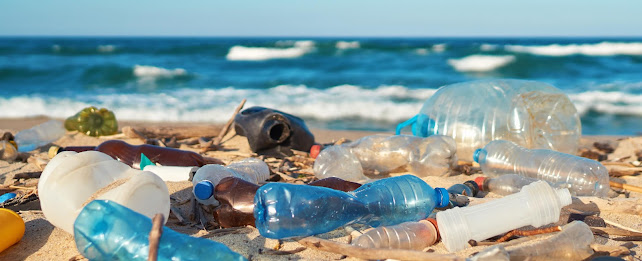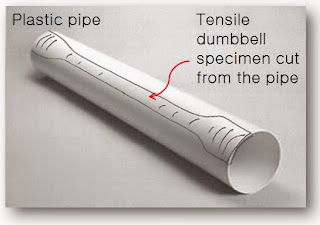The Testing Requirements for Eliminating Plastics Pollution
Europe alone releases micro plastics equivalent to 10 billion plastics bottles into the environment every year through such products as fabric softeners, shampoos and cosmetics, as well as agricultural and industrial products.
This extremely damaging environmental problem has become so serious it has prompted efforts to write a global treaty, negotiated by the United Nations.
Over half of all plastics ever manufactured have been made in the last 15 years, with current production levels standing at almost 500 tonnes annually. This is generating some 381 million tonnes of plastic waste over the same period.
So where do we go from here?
 One solution to industrial plastic waste has been developed by Cambridge based Xampla. The company has created the world’s first plant protein material for commercial use, which
One solution to industrial plastic waste has been developed by Cambridge based Xampla. The company has created the world’s first plant protein material for commercial use, which
performs like synthetic polymers but decomposes naturally and fully, without harming the environment.
The material itself is a Supramolecular Engineered Protein (SEP) and was developed over fifteen years at the University of Cambridge.
The aim of the company is to replace the everyday single-use plastics you see all around you, like sachets and flexible packaging films, as well as the less obvious such as microplastics within liquids and lotions.
“Many microplastics end up in the ocean, where they are ingested by marine life. This blocks their digestion; thus affecting nutrition, before potentially working its way up the food chain to humans,” says Xampla Materials Scientist, Hugo Barroux.
Xampla’s ground breaking material applications include microcapsules, which are a hidden plastic application in many homecare and personal care products. The company also produce single and multi-layer films and coatings for various functionalities, which is where Tinius Olsen comes in.
“We purchased a Tinius Olsen 5ST to provide the measurement of essential properties such as the Tensile Strength or the Elongation at break, which are key properties to the design of our film packaging,” continued Mr Barroux.

“Thanks to the machine we will be able to track the incremental change in the mechanicalproperties induced by addition of different green-ingredients, when formulating our films,and consequently fine tuning their properties.”
“What appealed to us is the versatility of the machine, as by using additional attachments we can undertake other types of tests such as the measurement coefficient of friction as well as the compression or flexion of a material.”
Another example of the 5ST’s versatility sees it being framed into a large acrylic box, providing a controlled environment for the accurate control of mechanical properties as a function of the relative humidity.
“The sales team at Tinius Olsen were also extremely helpful, lending us a demo machine whilst ours was being manufactured. This not only saved precious weeks of R&D development that are crucial at start up scale, but also gave us the opportunity to learn faster on the machine and make the most of our training session of the more advanced functions.”
“Overall, Tinius Olsen have provided us with an affordable machine of great quality, with great precision and robustness.’
For further information contact Richard Coombs at Richard.coombs@tiniusolsen.co.uk




Comments